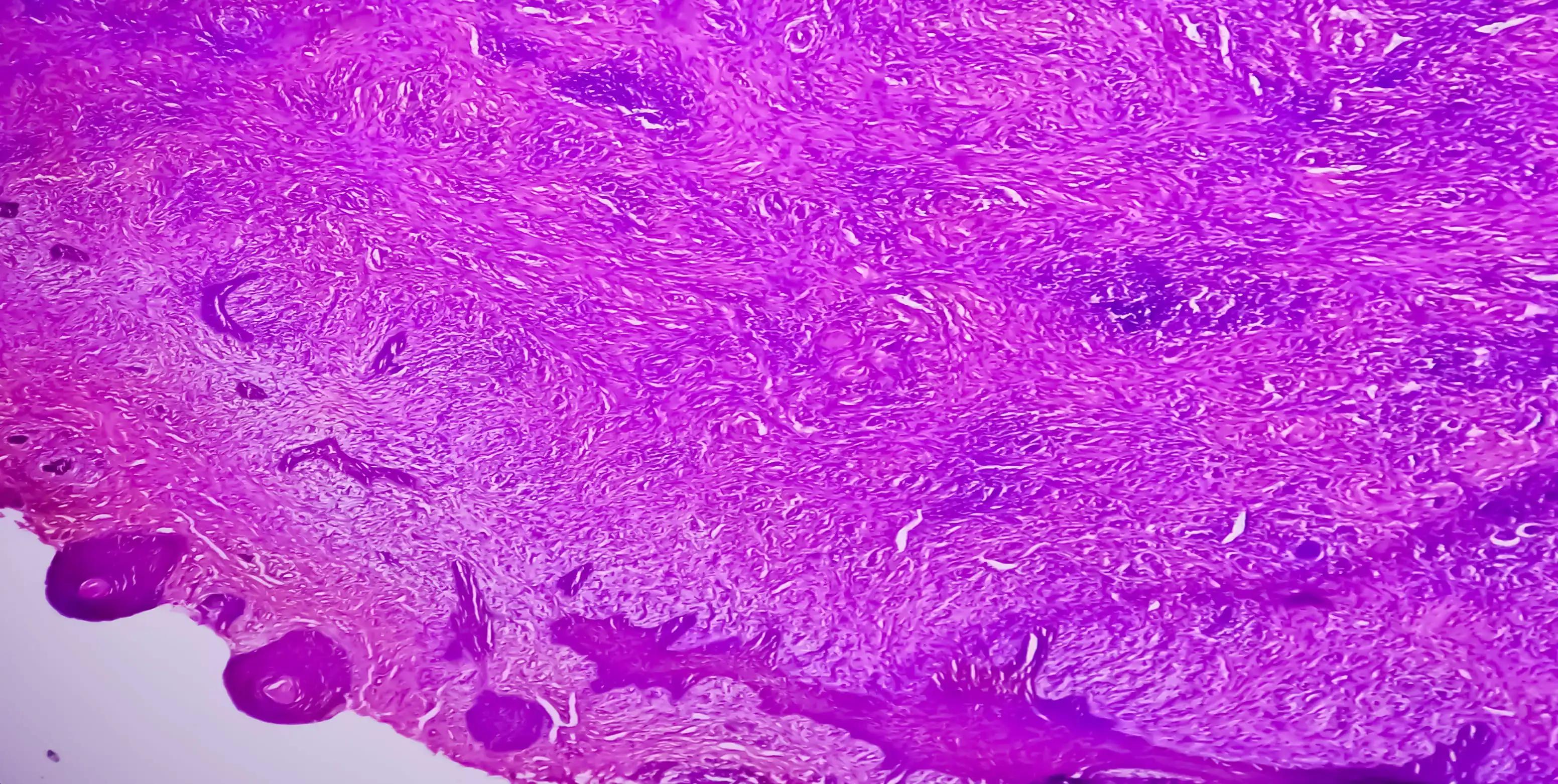KEY TAKEAWAYS
- The study aimed to evaluate topical PDT efficacy for superficial BCC using ALA-HCl gel and MAL-HCl cream photosensitizers.
- ALA-HCl gel exhibited faster skin healing, enhancing cosmetic outcomes, alongside MAL-HCl cream, both effective photosensitizers for PDT.
Photodynamic therapy (PDT) presents a therapeutic avenue for basal cell carcinoma (BCC) categorized as low-risk.
Paulina Szczepanik-Kułak and the team aimed to evaluate the effectiveness of topical PDT for treating superficial (sBCC), comparing 2 photosensitizers: aminolevulinic acid hydrochloride (ALA-HCl) in gel with a lipid nanoemulsion and ALA methyl ester hydrochloride (MAL-HCl) in cream.
The method involved treating 21 patients twice, with a one-week interval between treatments. The formulations were applied to lesions in which10 patients received MAL-HCl in cream, and 11 received ALA-HCl in gel. After 3 hours of incubation and removal of the preparations, fluorescence was evaluated. Subsequently, the skin areas underwent irradiation with red light at 630 ± 5 nm.
At the 12-week follow-up after the second treatment, complete clinical remission was achieved in 82% of patients treated with ALA-HCl in gel and in 80% of those treated with MAL-HCl in cream. A superior cosmetic outcome was noted in 96% of patients who received MAL-HCl in cream and in 100% of those who received ALA-HCl in gel. Faster skin recovery and reduced post-inflammatory hyperpigmentation were observed during follow-up appointments following treatment with ALA-HCl in gel.
The efficacy of both ALA-HCl in gel and MAL-HCl in cream as photosensitizers for PDT was high. Notably, the gel formulation of ALA-HCl with a lipid nanoemulsion demonstrated faster skin healing, leading to improved cosmetic outcomes.
No funding information was available.
Source: https://pubmed.ncbi.nlm.nih.gov/38549482/
Szczepanik-Kułak P, Bartosińska J, Kowalczuk D, et al. (2024) “Efficacy of photodynamic therapy using ALAHCl in gel with a lipid nanoemulsion and MALHCl in cream in superficial basal cell carcinoma.” Ann Agric Environ Med. 2024;31(1):94-99. doi:10.26444/aaem/183059.



